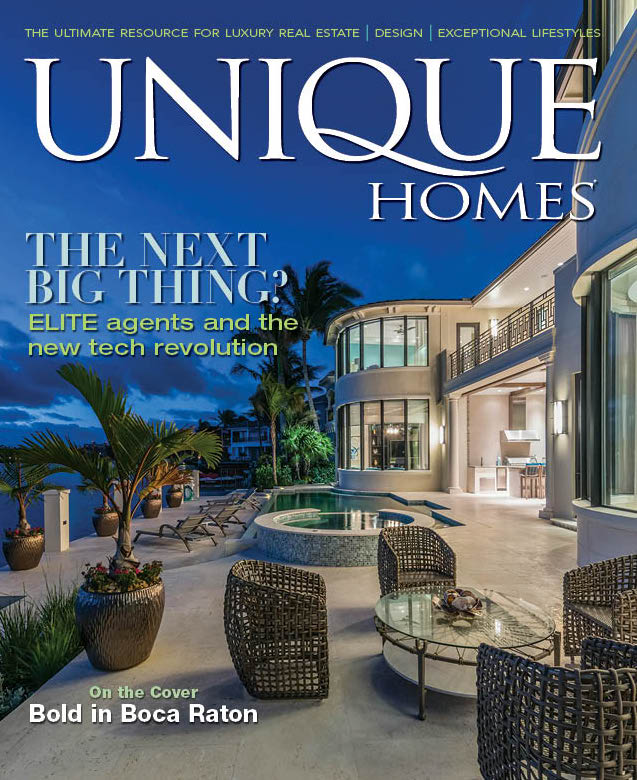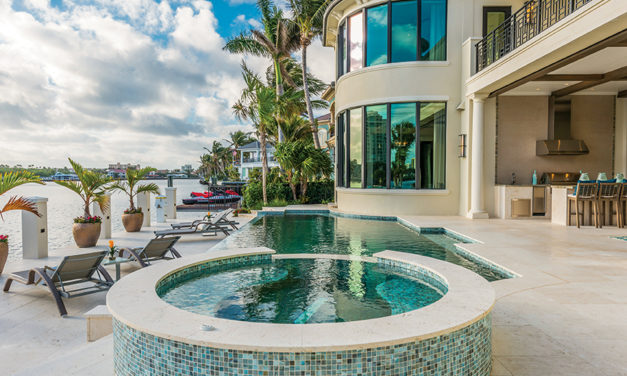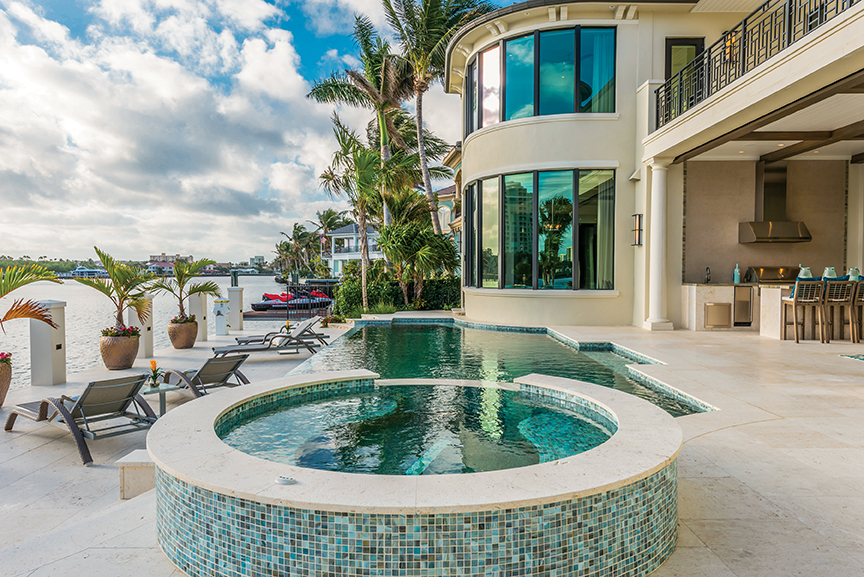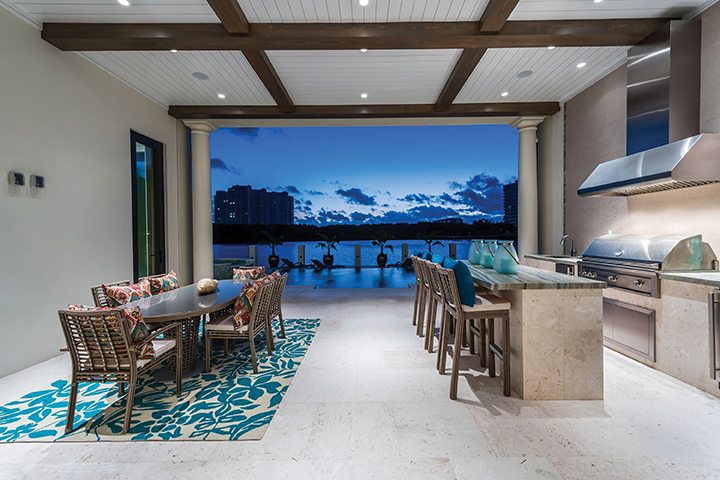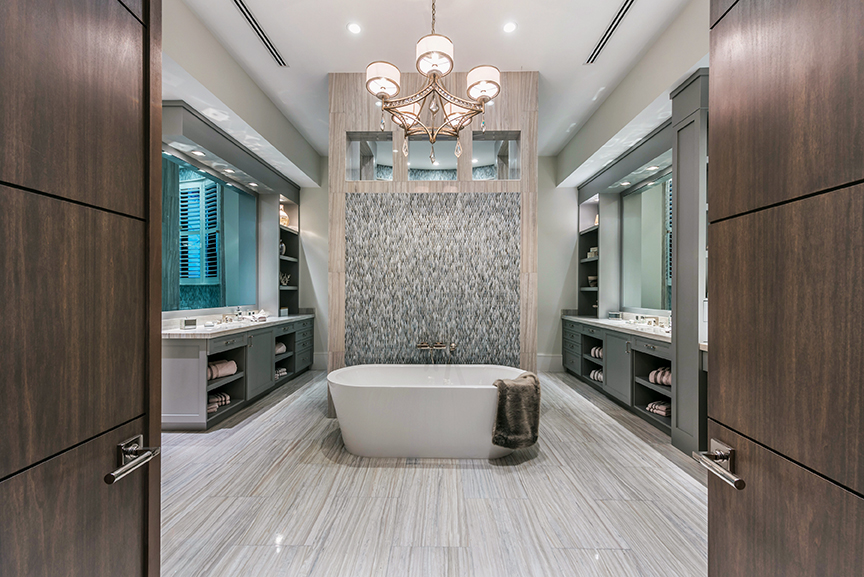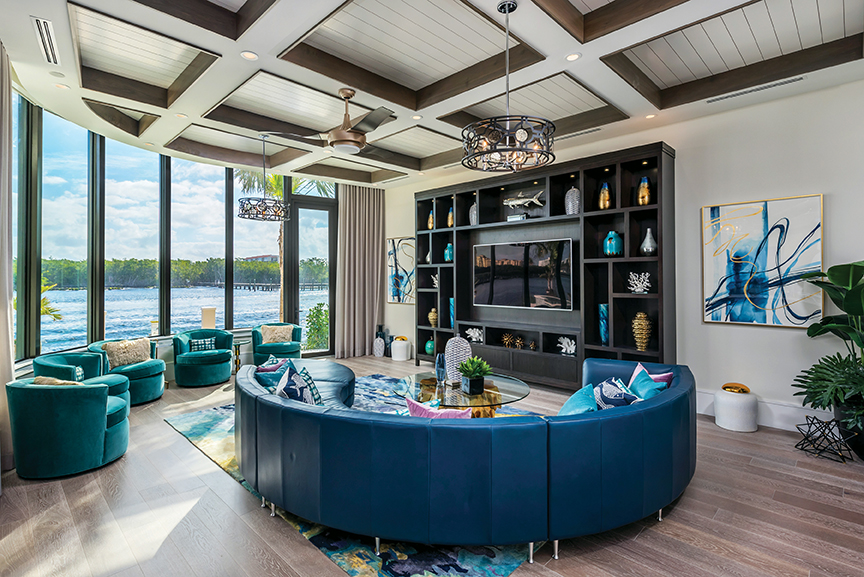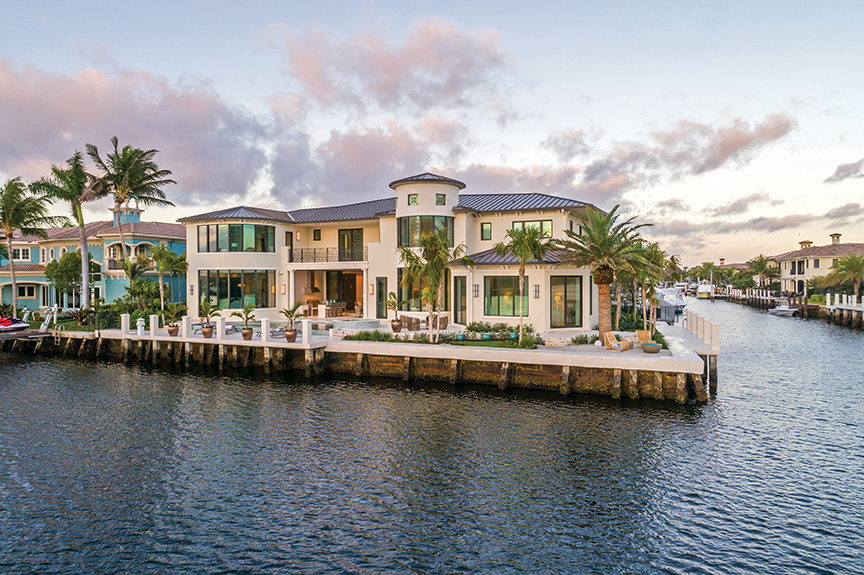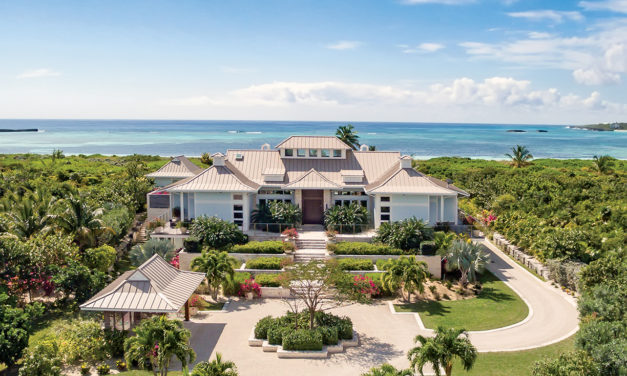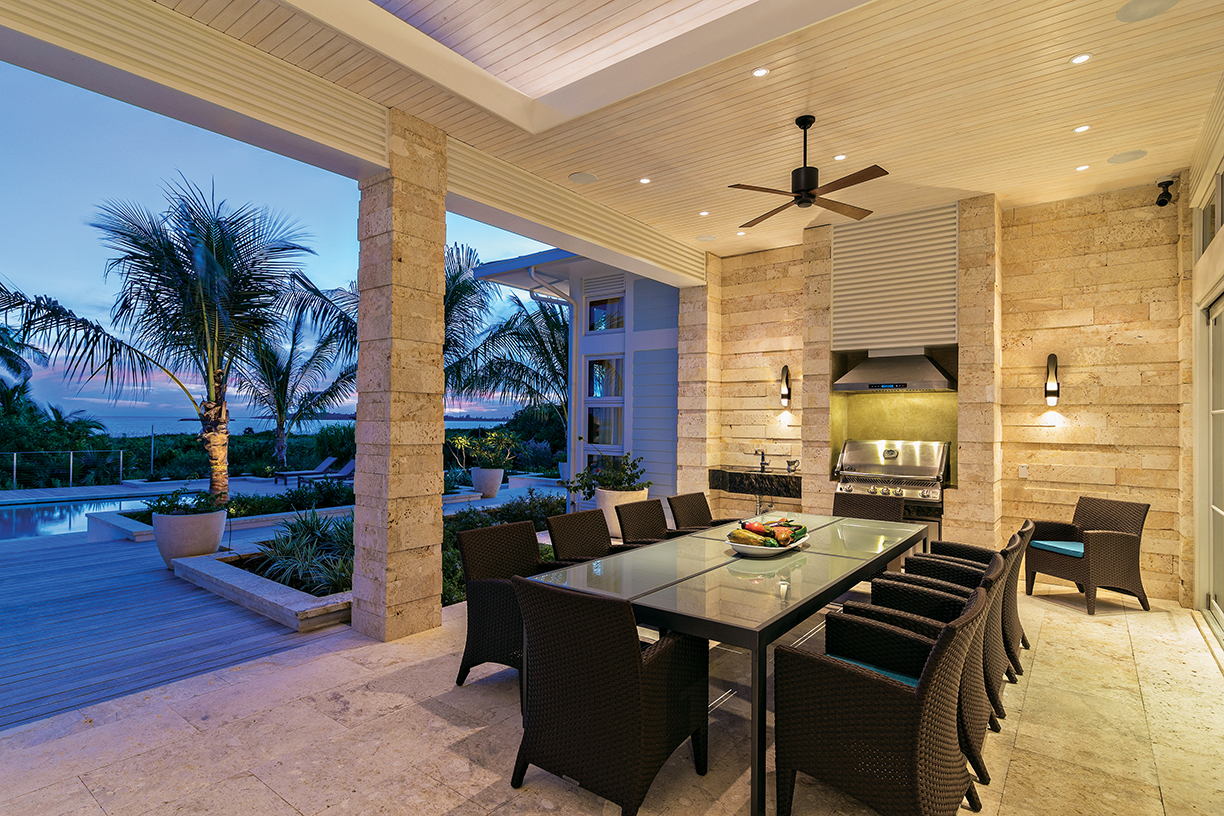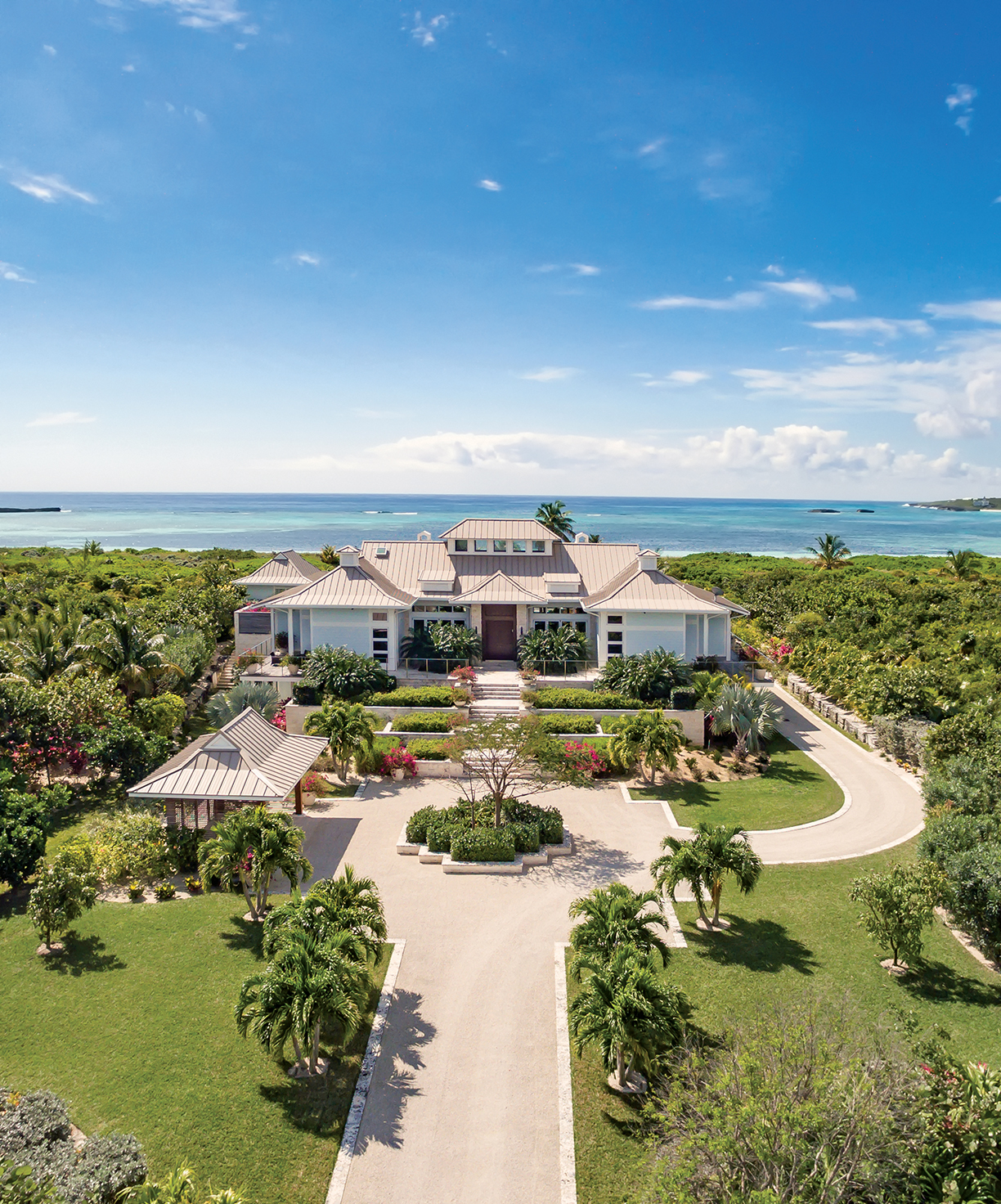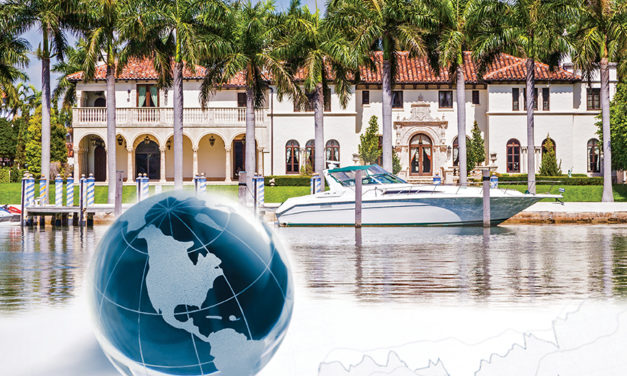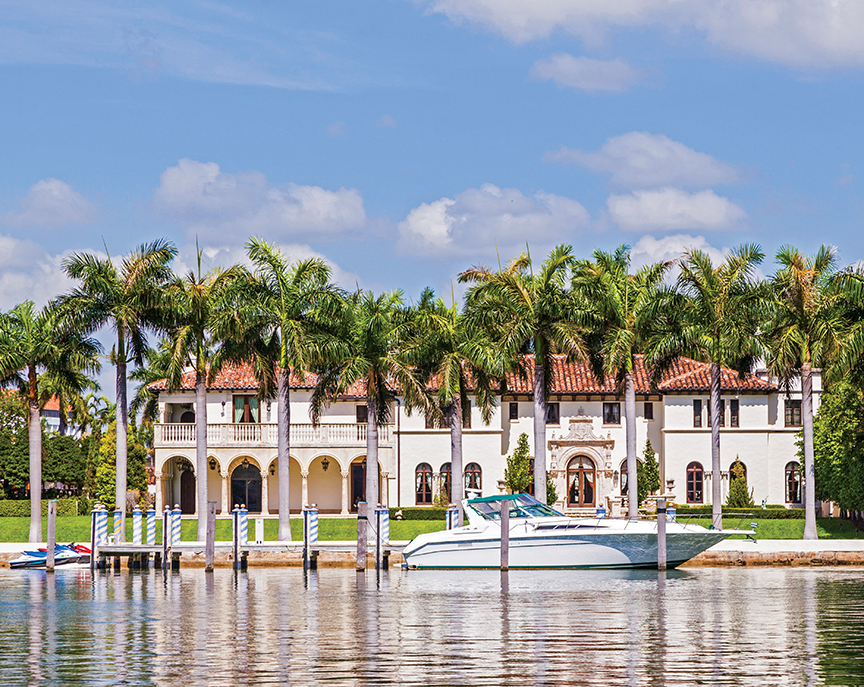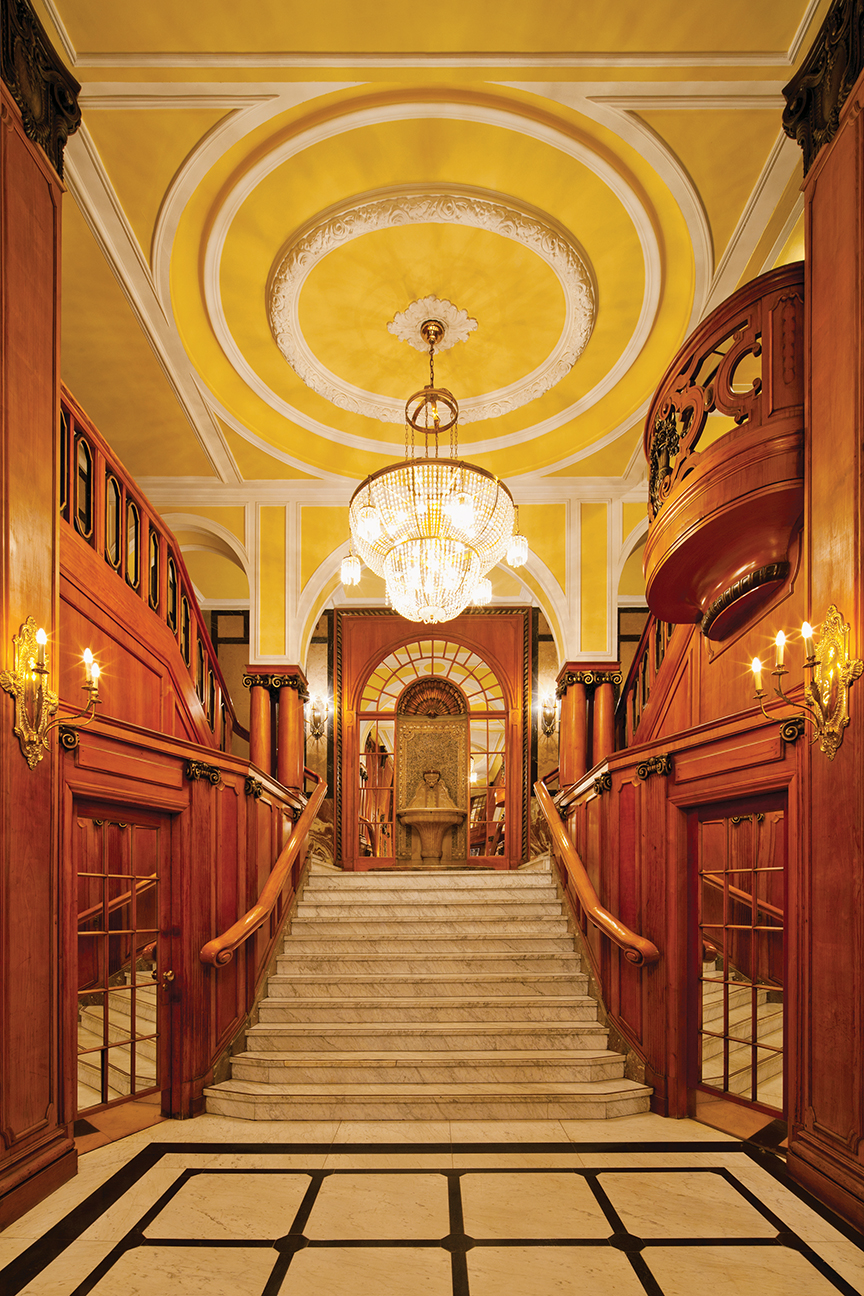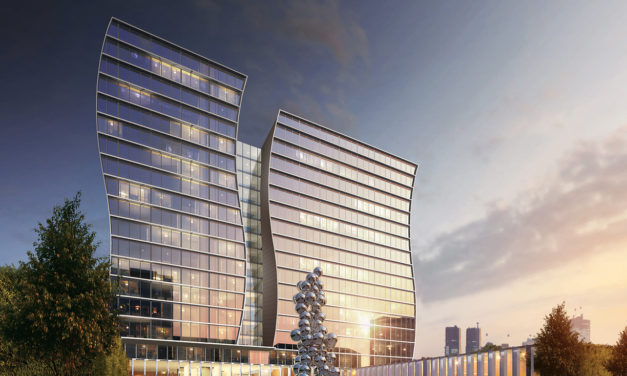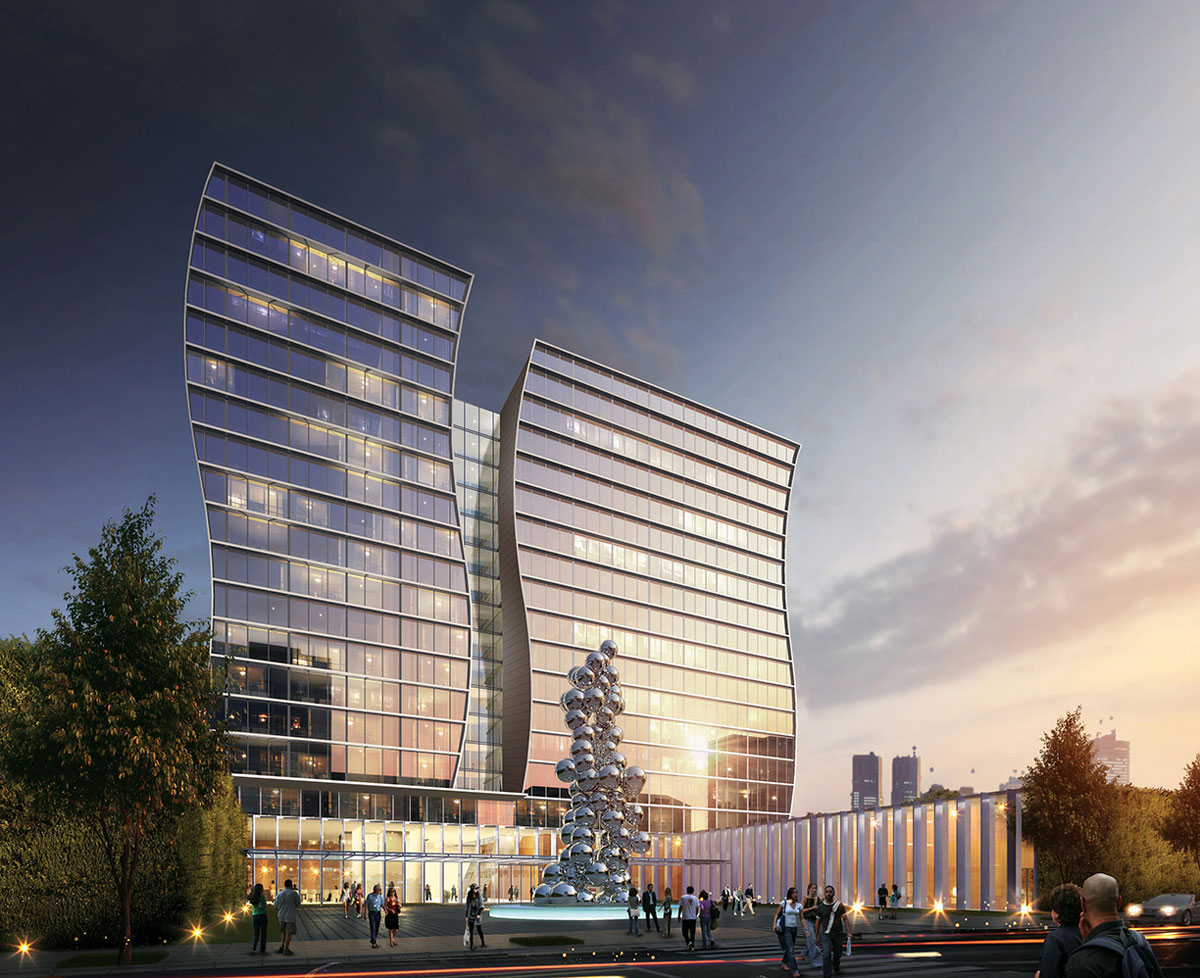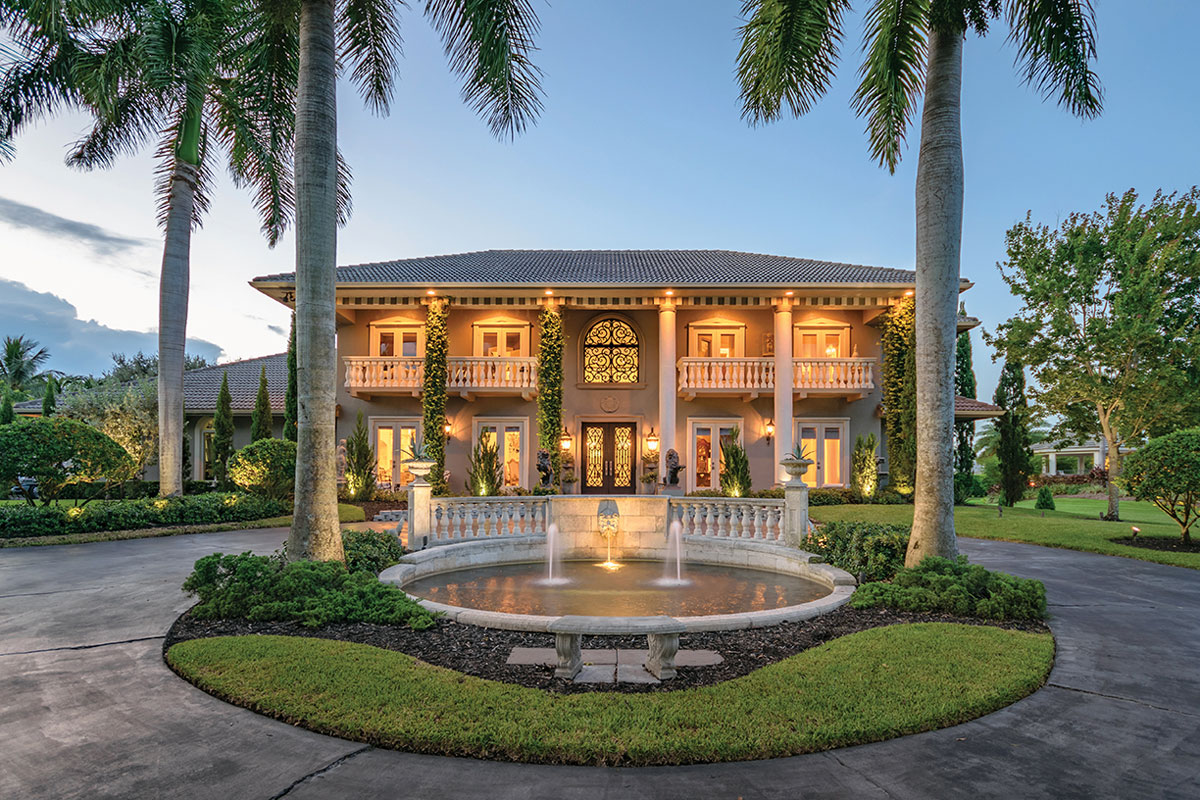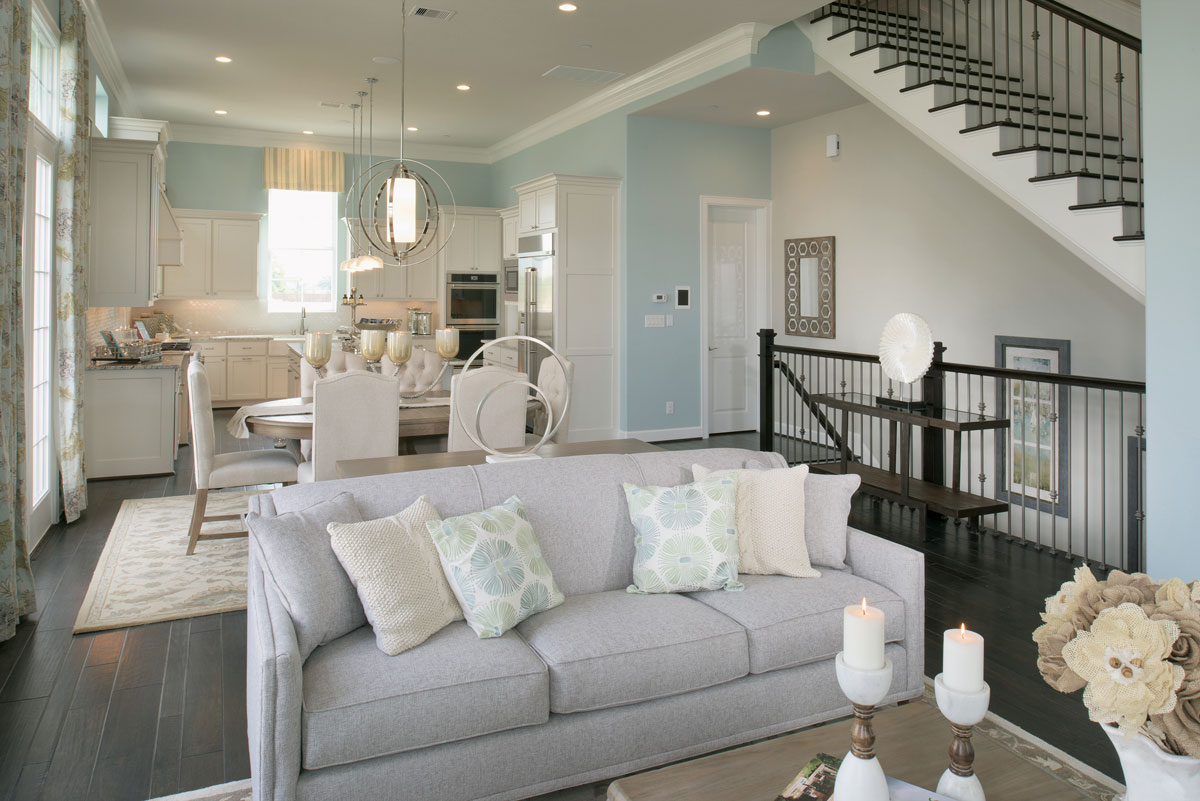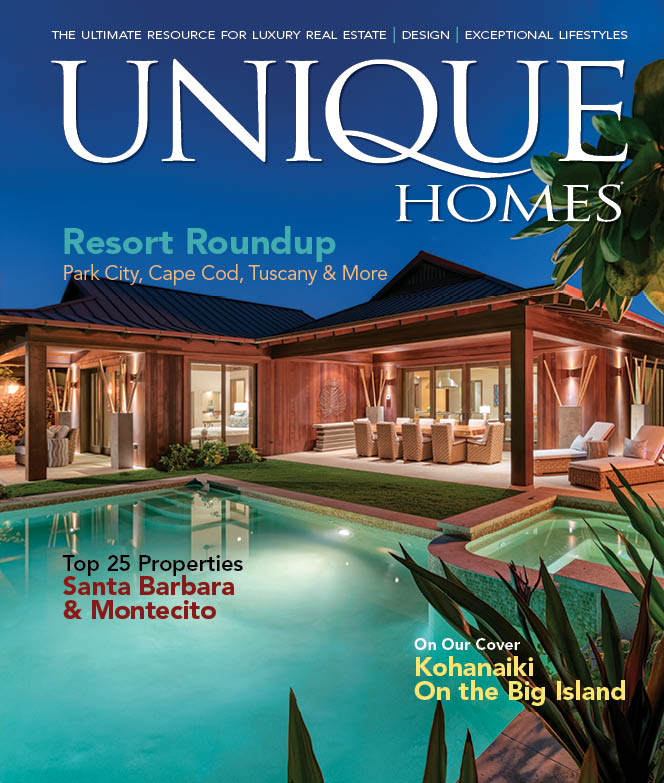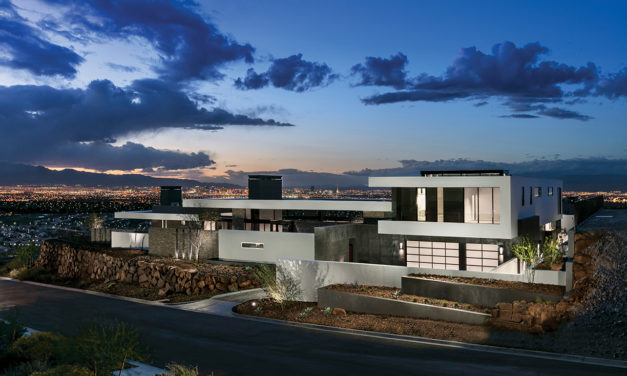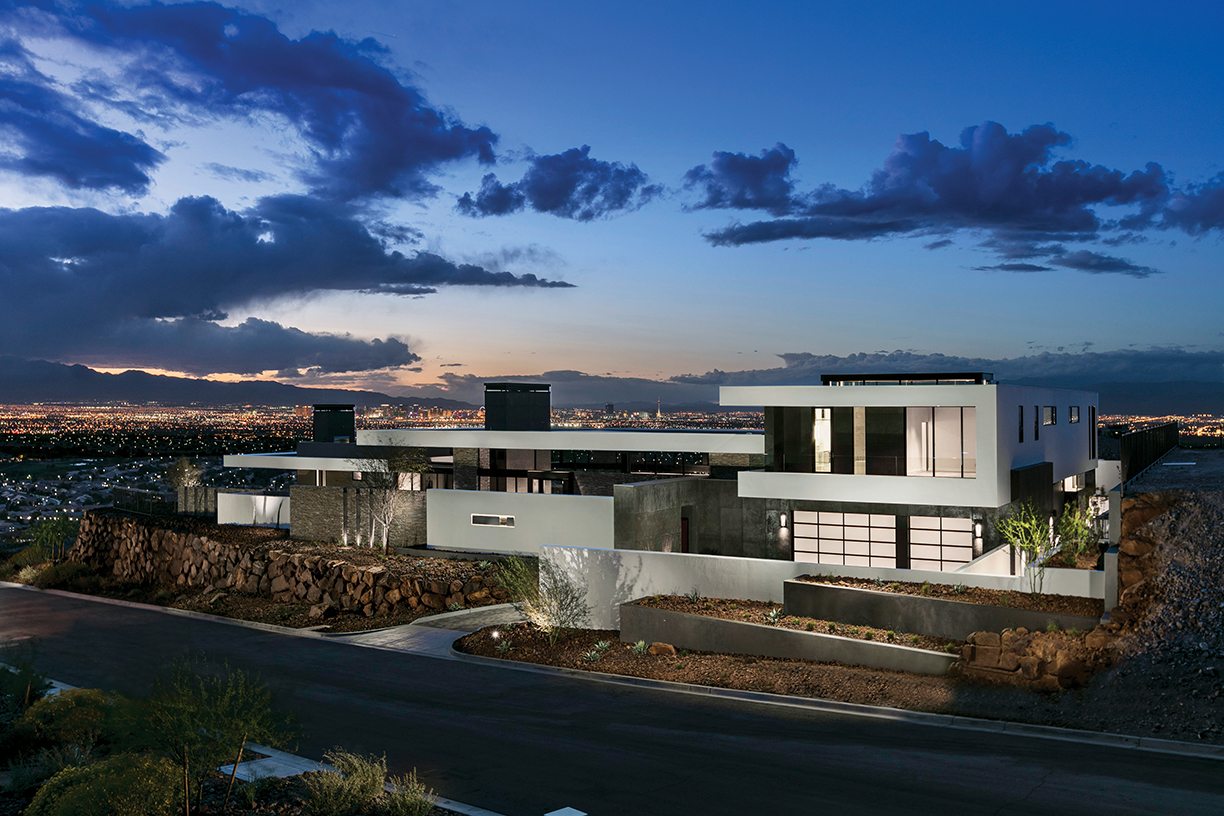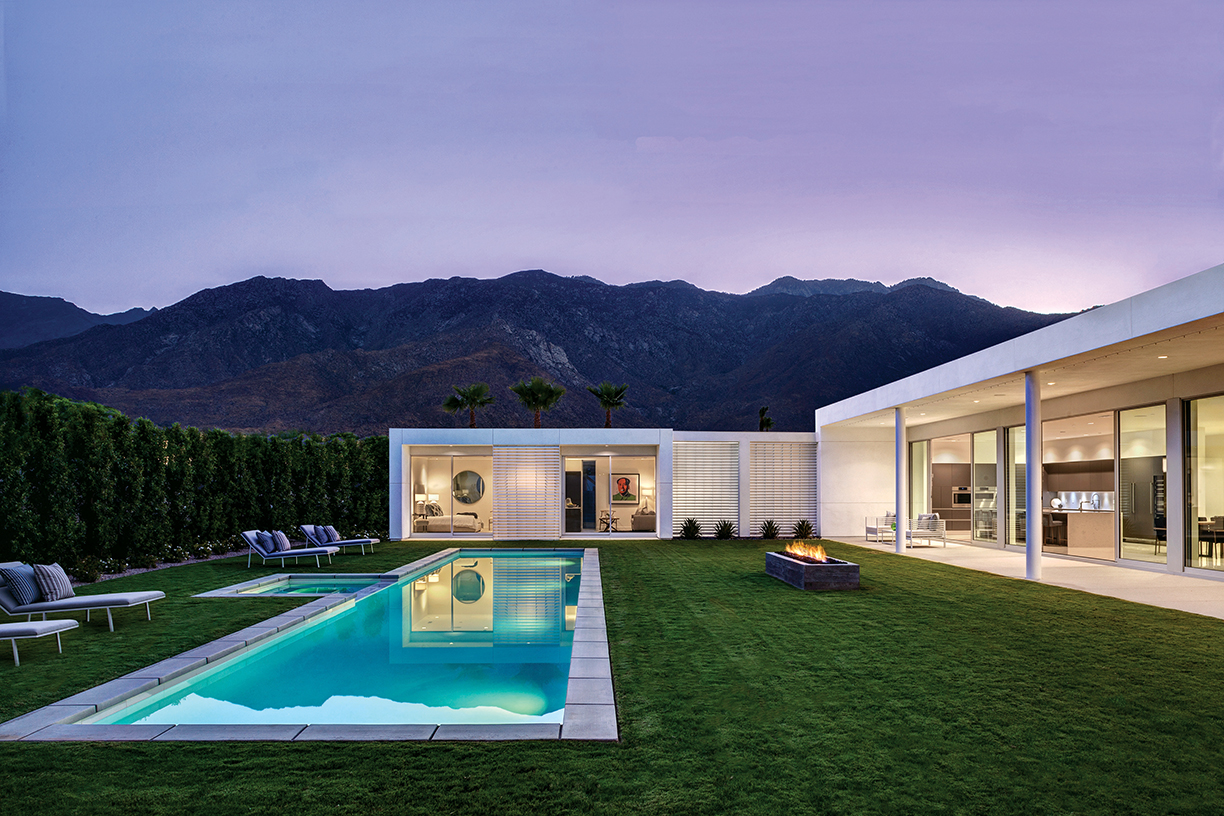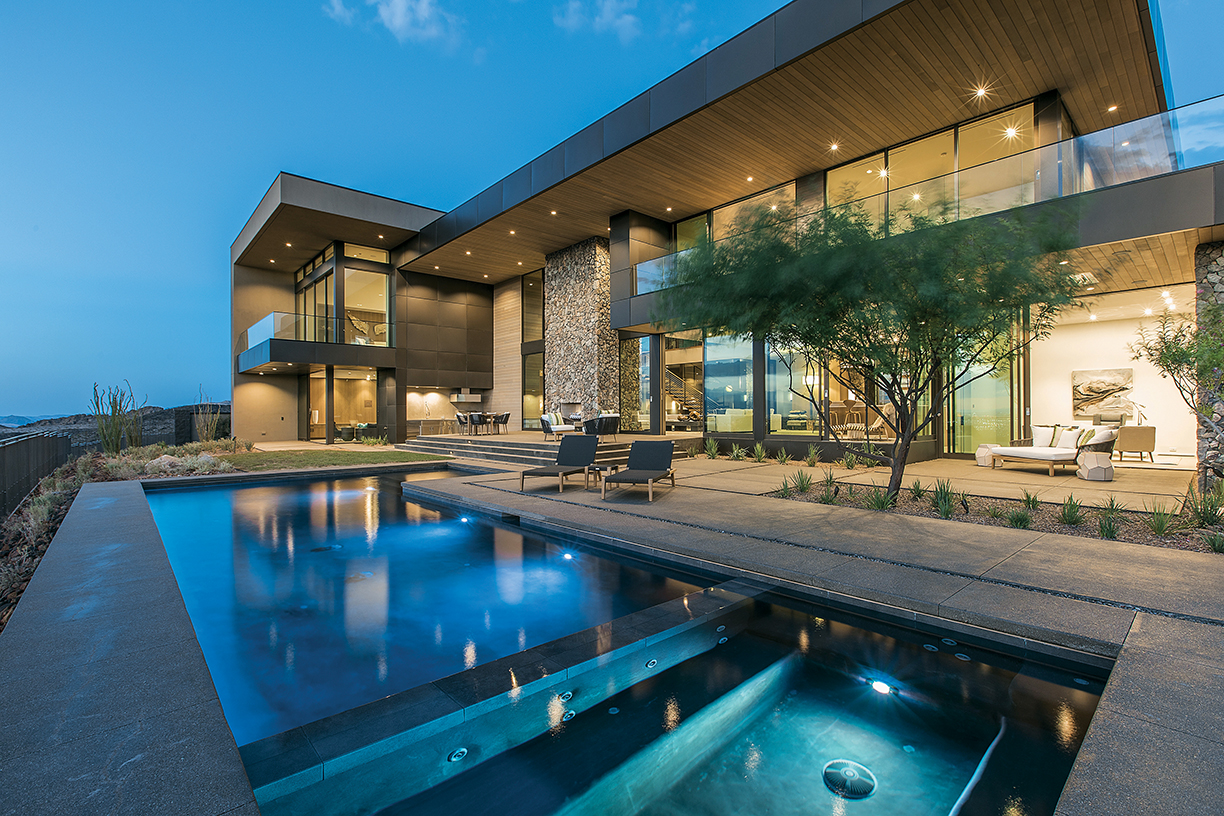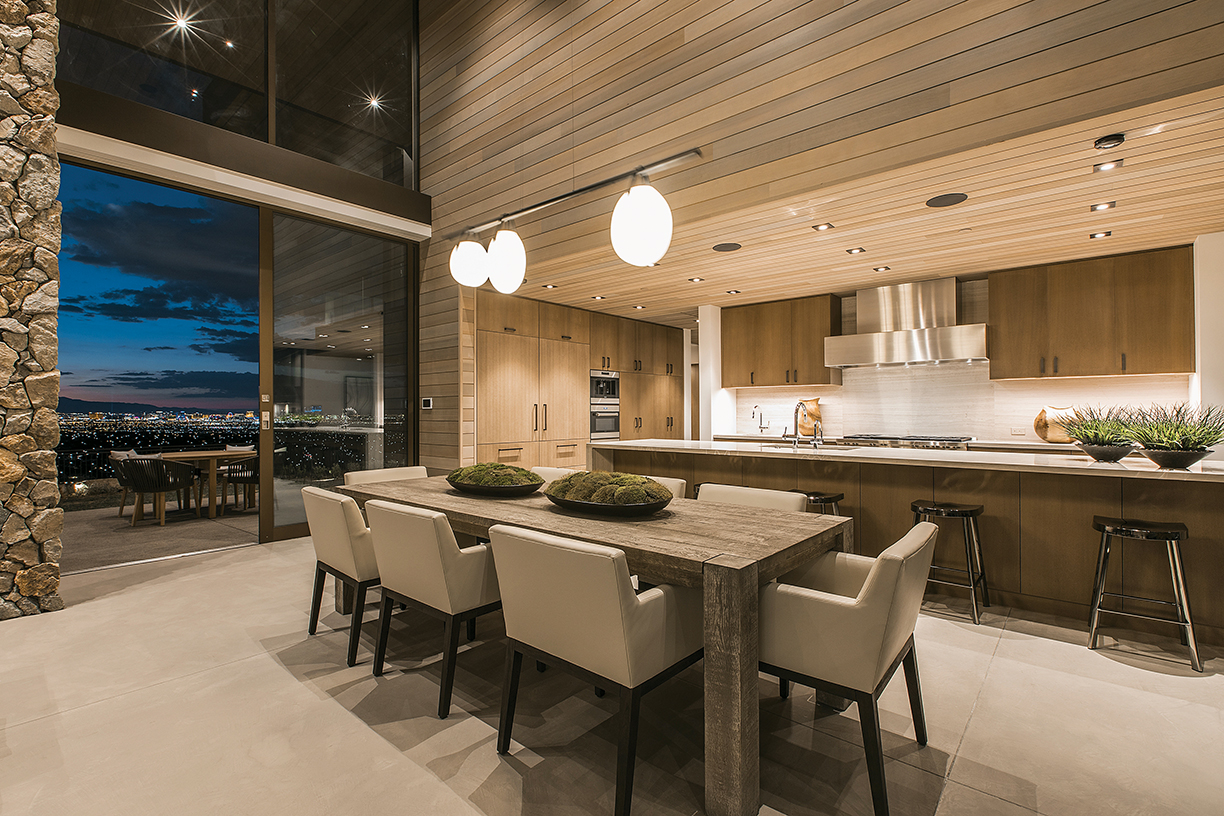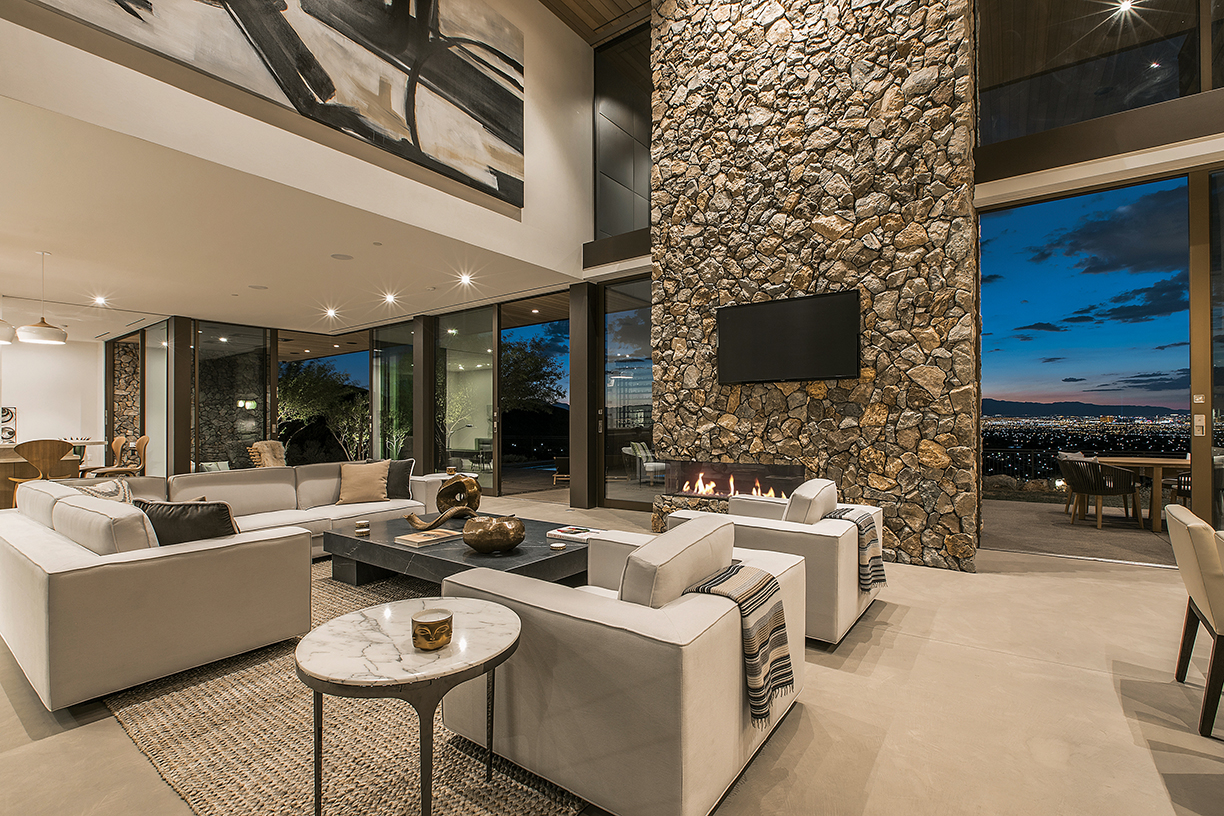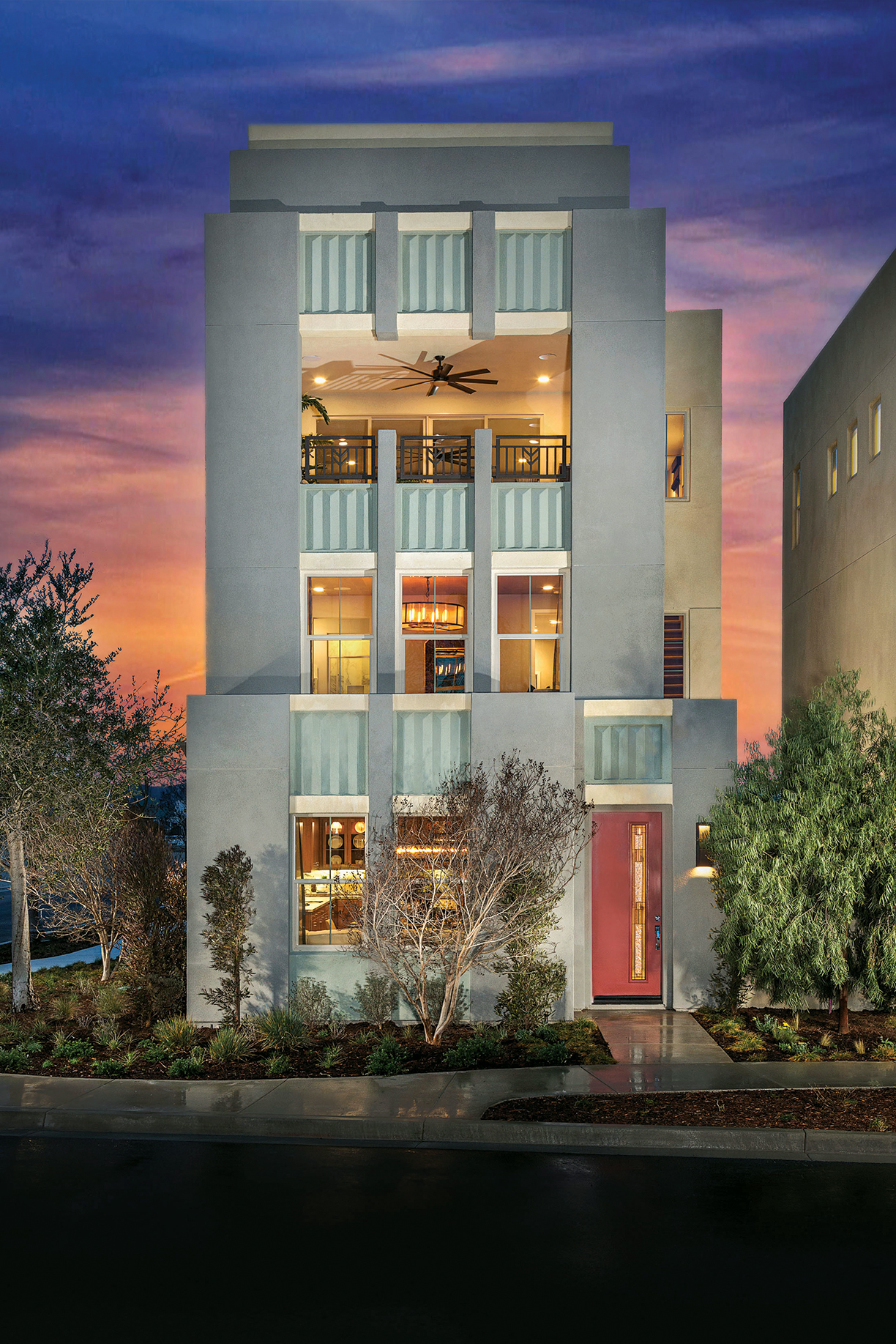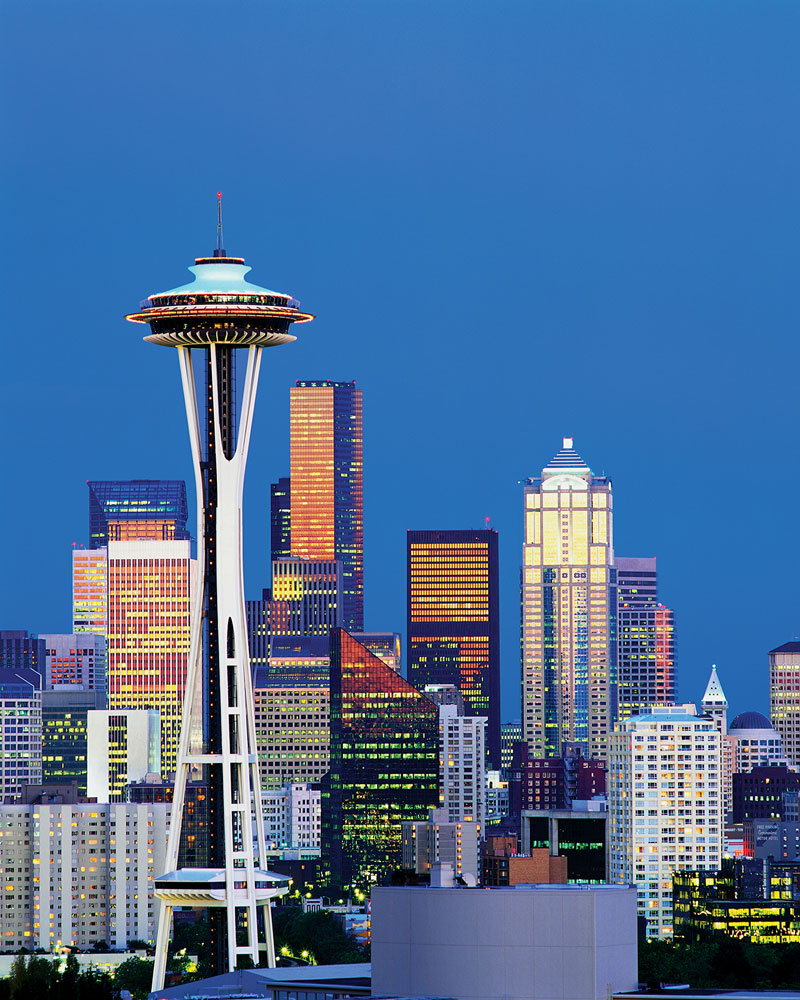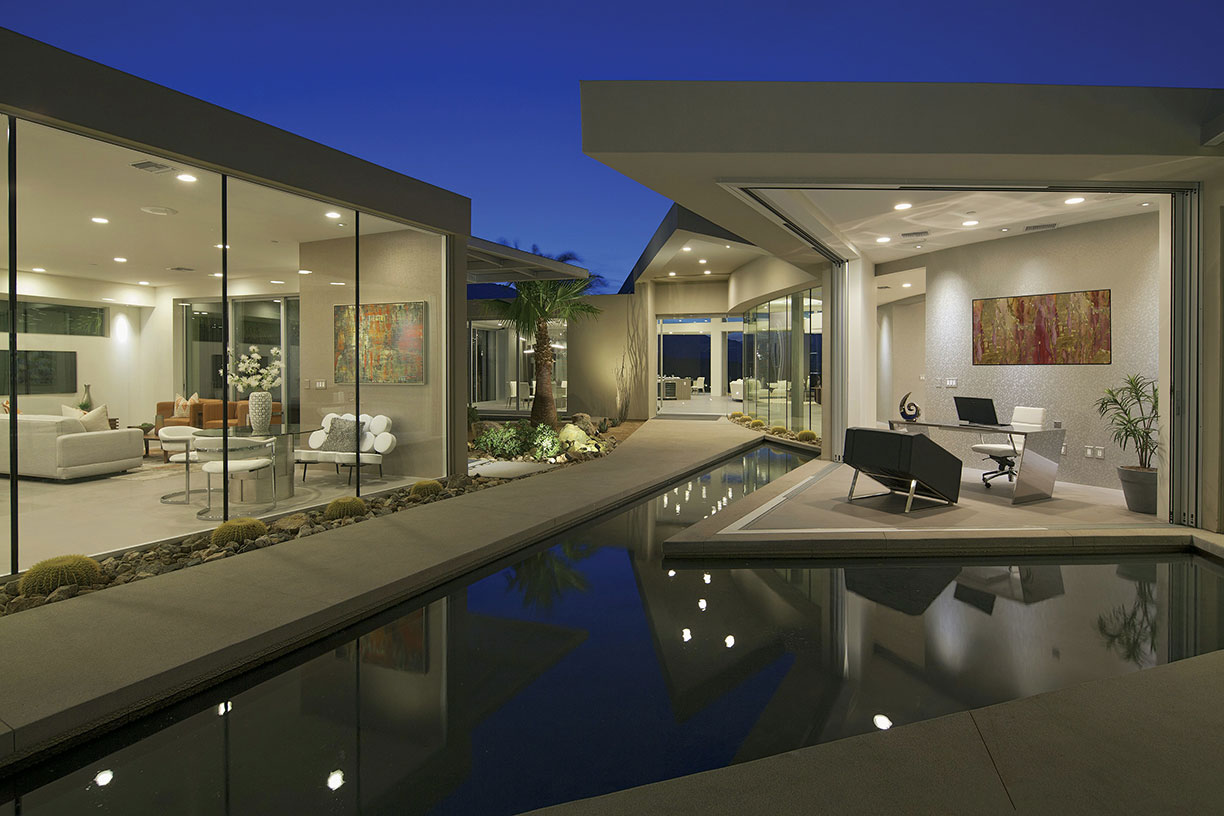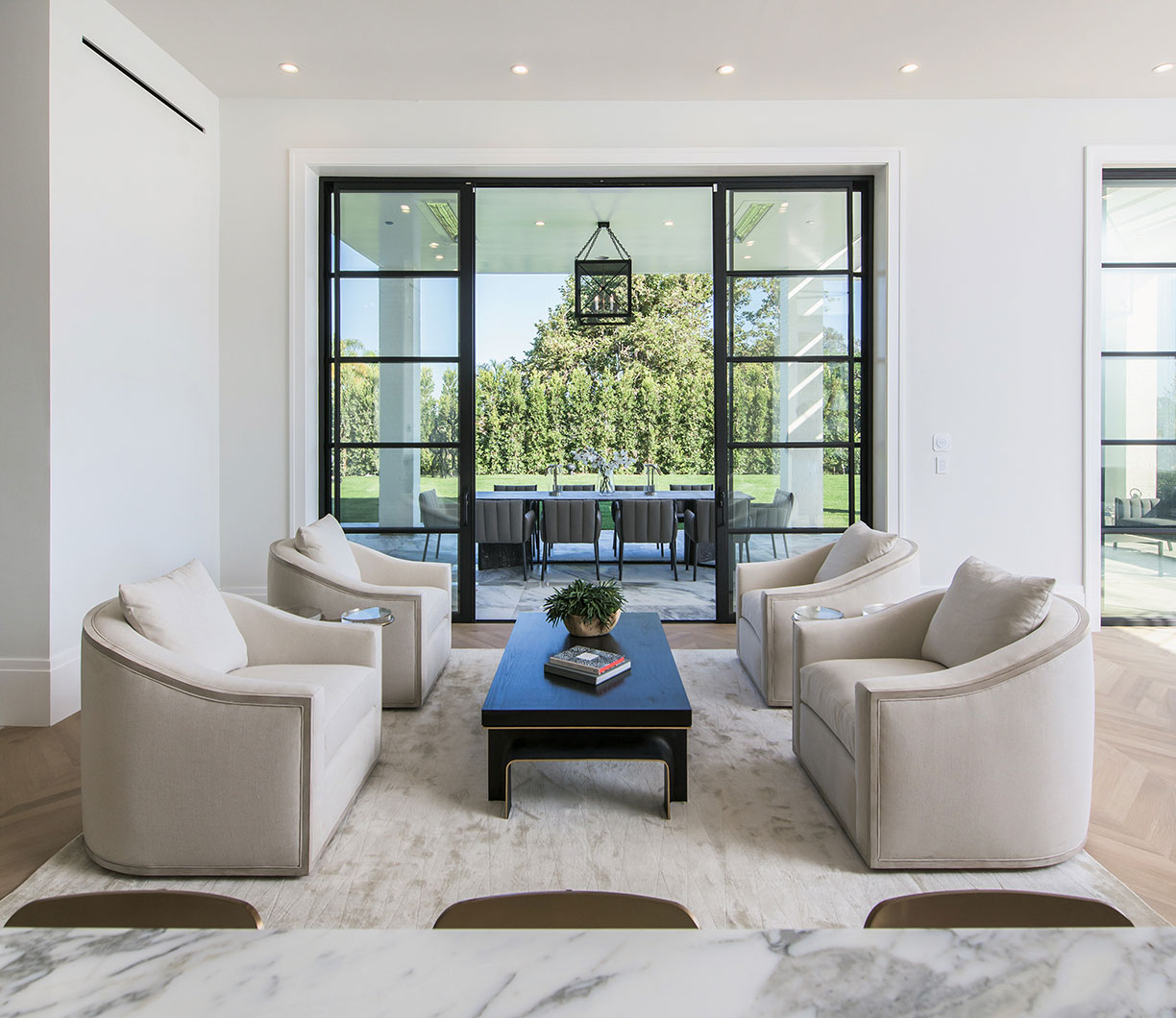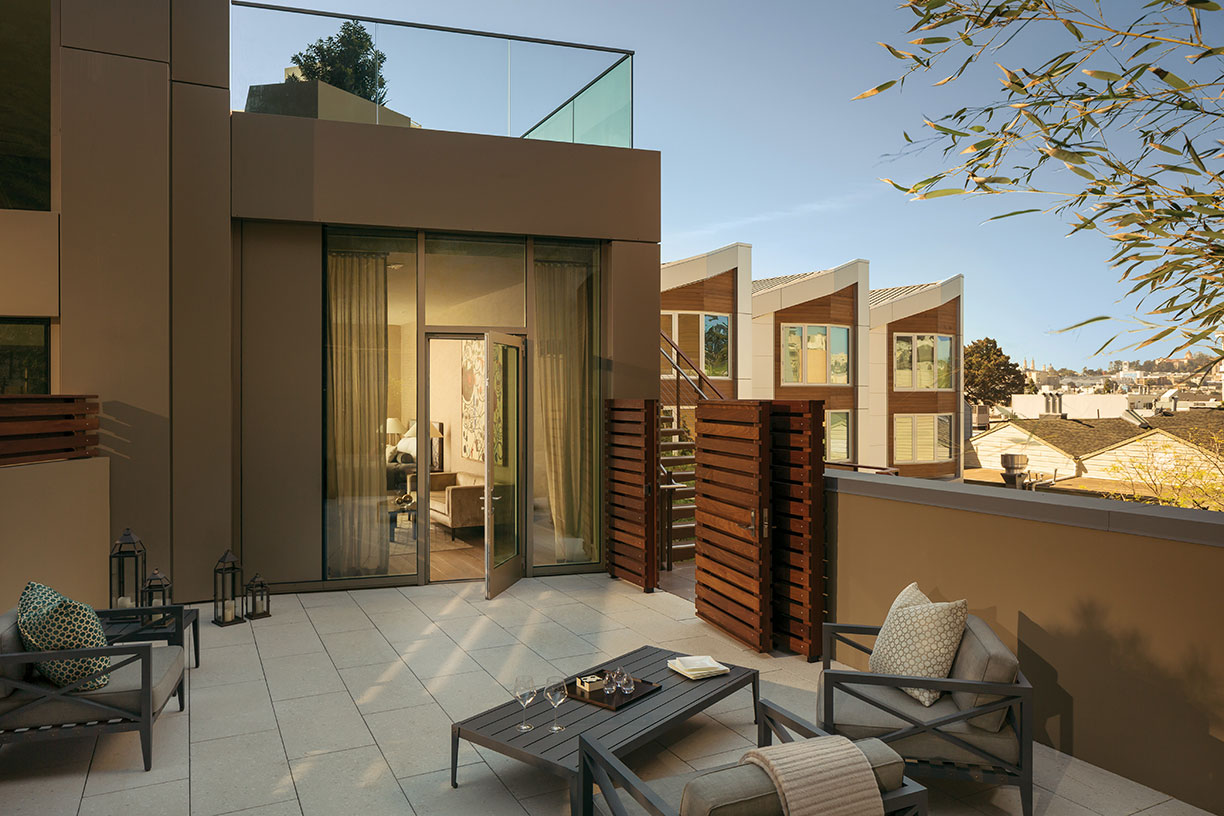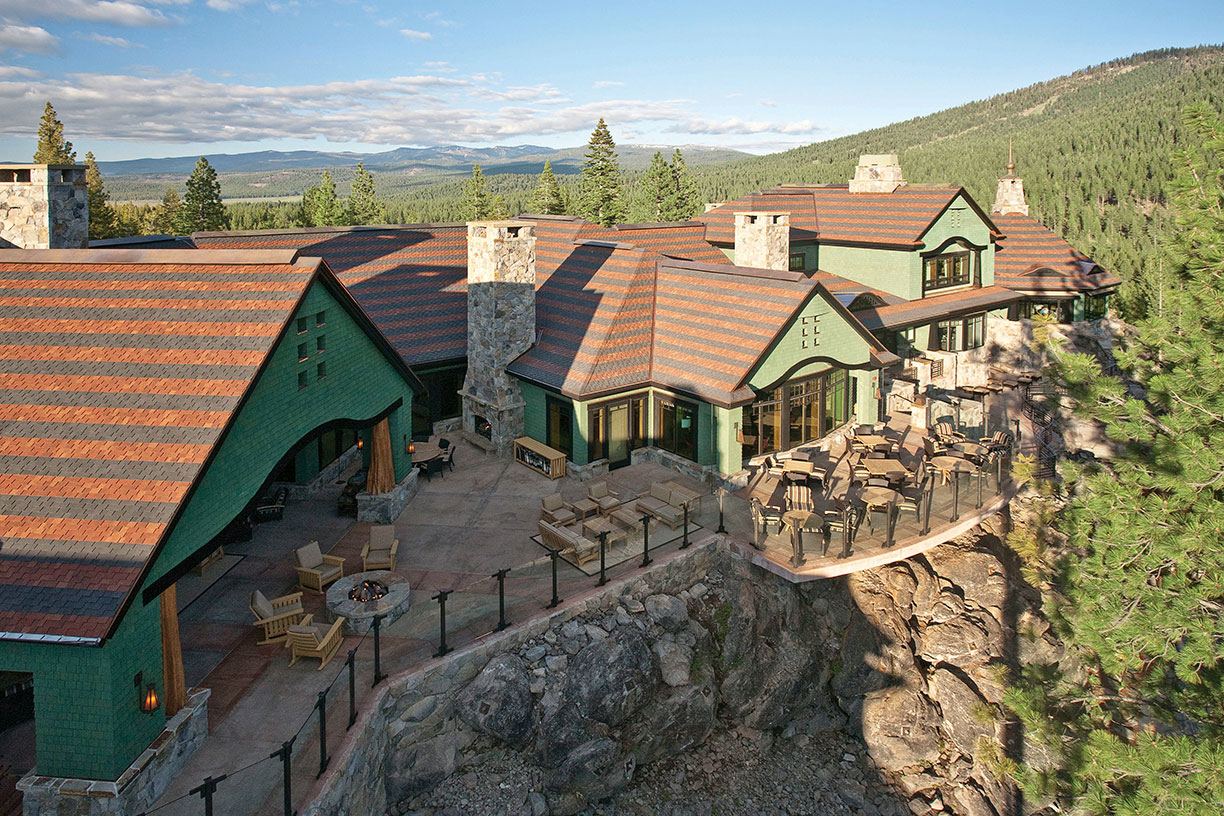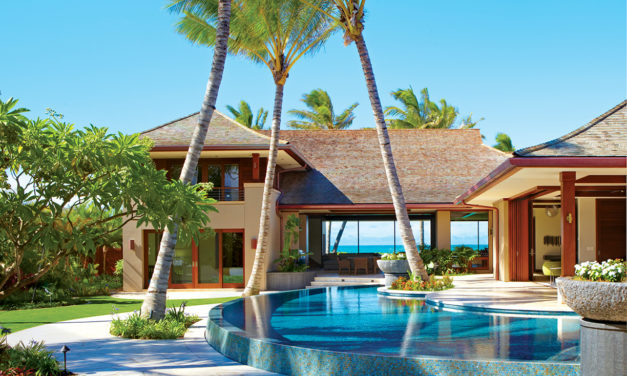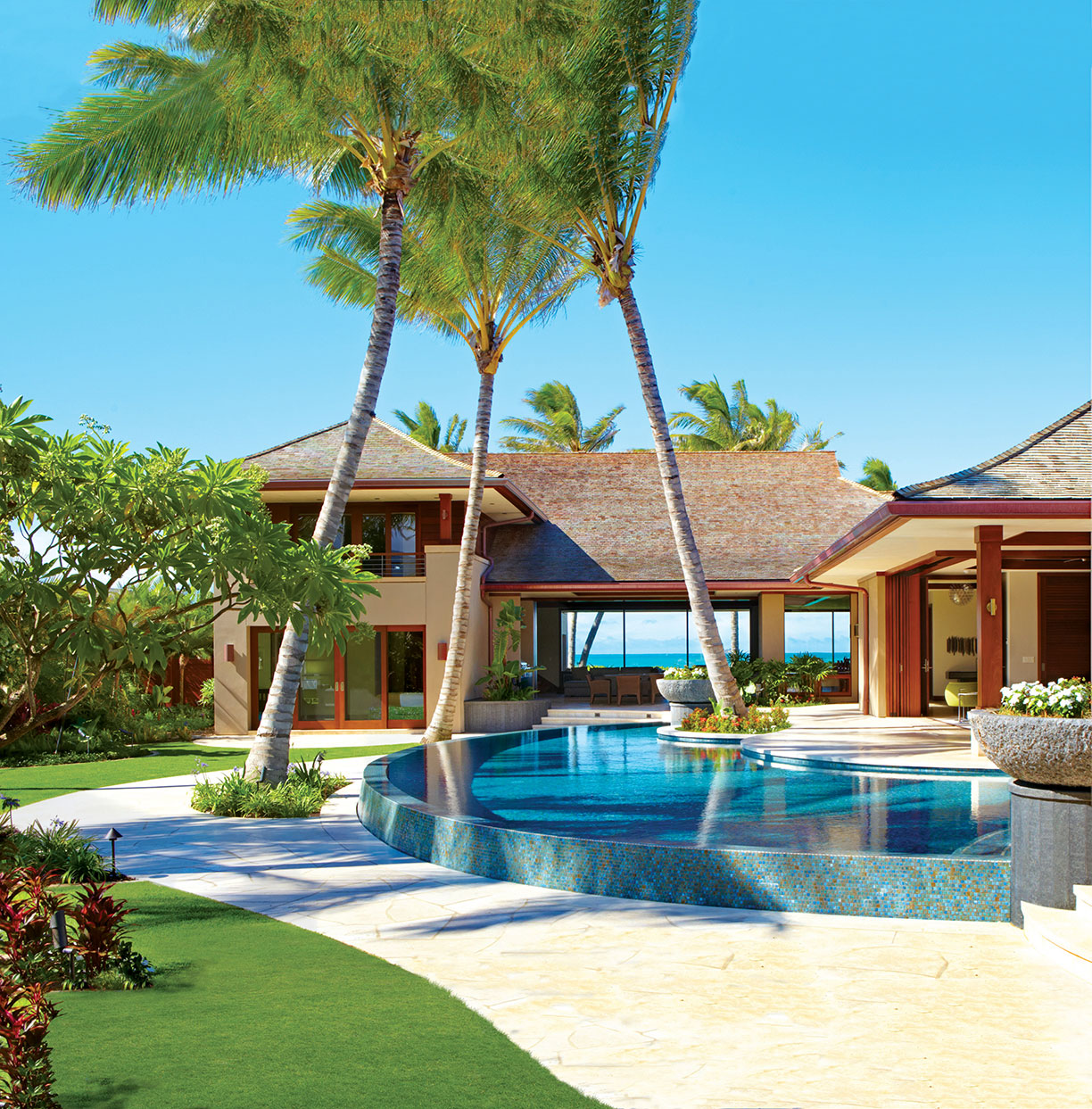When technology experts compare the current pace of innovation behind the scenes in real estate to the Dot.com Boom of the late 1990s, it’s time to take notice.
By Camilla McLaughlin

Could another tech revolution for real estate be at hand? During the last tech surge, more than a few pundits speculated the agent would become increasingly irrelevant as technology took over most aspects of the job. Today, amid speculation about blockchain, artificial intelligence and other emerging technologies, whispers about the demise of the agent are once again surfacing. But experts say today’s next-gen tech will only make the role of the agent more relevant, particularly in high-value markets.
“Ultimately, relationships remain at the core of real estate, and today they are more important than ever,” observes Stephanie Anton, executive vice president of Luxury Portfolio International.
While attention in recent years has riveted on technology for the home, a wave of innovation with the potential to be even more transformative is on the cusp of altering everything from the way homes are marketed, to access to property data, to the execution of the sale. “We are at the tipping point of change
for real estate. Within three to five years, the entire property landscape will have shifted. Real estate search will be completely remastered, and the industry as a whole will not resemble what it is today,” says Joel Leslie, partner and CEO of Propify, a California startup that was developed in Australia.
The time frame for Leslie’s projection might be optimistic, but there is no doubt that the way properties are bought and sold will change in the not too distant future, perhaps even more dramatically than the mid-1990s when listings and property information became publicly available and searchable online. As a result, new brokerage models emerged; some remain, many do not — but the impact of technology on the way homes are bought and sold endures.
“Technology continues to transform the real estate industry, and particularly in the last few years as we have seen more and more true innovation introduced that can make agents’ lives more efficient, their tasks more automated and their time more effective,” says Stephanie Anton.
“An ever-complex sales process, record home values and elevated consumer expectations require agents to rely on a range of tools from contact management to virtual reality. “In the world we live in today, you truly have to be rigorous to keep up with the ‘latest and greatest,’” shares Anton.
Luxury sellers want “to see that an agent has the tools and wherewithal to expose their home to the buyer groups that have the most potential to purchase. They want to know that it’s being placed in the right places, where luxury buyers are looking. They also want to easily see the work that the agent is doing on their behalf,” says Tom Morgan, who heads up marketing for Gabriels Technology Solutions, a technology provider for luxury real estate brands. Productive agents rely on CRM or customer relationship management software to facilitate and streamline this process and provide detailed reports to clients.
Contacting an agent and discussing parameters of the home used to be the norm when someone decided to buy a home, says Bob Hurwitz, founder and CEO of Hurwitz James Company. Now, that initial contact usually happens after the buyer has done his or her own research on everything from available homes for sale to neighborhood statistics to online value approximations.
“The agent is still absolutely key though, as much of the information online, particularly ‘valuations’ from third-party aggregators, are ludicrous and inaccurate, based on incomplete or faulty data. Additionally, much sales data is not available as more and more listings are sold off market,” says Hurwitz.
Online searches, often on mobile devices, have upped requirements for how properties are presented online. “The days when a photographer would come in and shoot 20 photos are over. It is imperative that photography, VR [virtual reality] tours and video be absolutely of the highest level,” Hurwitz says. To take a unique property to the next level and make the property stand out, Hurwitz has hired an award-winning director to produce visuals.
Disruptive Technologies
When Matterport introduced 3-D technology to real estate imagery, it was a game changer. Once floorplans came off the page, it was possible to get a much better sense of the configuration of a property, and 3-D floorplans invite exploration. Now, pioneering newcomers are making 3-D technology less expensive and possibly applicable to a range of price points. “Apple investments suggest that soon, with the iPhone 11, you will be able to create such beautiful content using a camera in your pocket,” says Anton Yakubenko, co-founder and CEO of GeoCV.
GeoCV offers a high-quality 3-D immersive experience in both tours and floorplans. There is a “true sense of being with realistic depth and HDR [high-dynamic range] photo realistic quality,” explains Jonathan Klein, director of partnerships for GeoCV. “We differentiate ourselves by leveraging 3-D-enabled smartphones and taking an open approach to the data.” GeoCV’s floorplans and tours also include patios, porches and other outdoor connections, giving potential buyers a good idea of the indoor-outdoor synergy of a property.
“Technology continues to transform the real estate industry, and particularly in the last few years as we have seen more and more true innovation introduced that can make agents’ lives more efficient, their tasks more automated and their time more effective.” — Stephanie Anton of Luxury Portfolio International.
It’s A Virtual World
Virtual staging is not new. It was introduced in 2009, but the overall result was less than realistic. New technology means virtually staged spaces appear as real furnished rooms. “With dynamic 3-D augmented and virtual reality capability, buyers, sellers and real estate agents can eliminate visualization barriers using technology to showcase how a space will look fully furnished, but in a more scalable, convenient, cost-effective and personalized way than ever before,” says Pieter Aarts, CEO of RoOomy.
Virtual staging does more than act as a substitute for real furnishings. Some options allow viewers to change the position of a wall or windows. So, buyers can imagine how a property would look if, for example, the landscaping was changed or with a wall knocked out, explains Tim Rose, national sales manager for PlanOMatic, which offers virtual staging, interactive floor plans and 3-D walkthrough.
By collaborating with retailers of home furnishings, RoOomy gives potential owners a preview of what a room would look like with their choice of furniture. Using a design app on their site, buyers and homeowners can also try out various pieces of furniture or an entire scheme in a room, and the results are presented in 3-D. RoOomy also found a place on Architectural Digest’s list of the 20 best home design and decorating apps.
“Suddenly, virtual reality is making it possible for people to visualize a home before it’s built,” says Alexander Hovnanian, area president for K. Hovnanian at Port Imperial Urban Renewal VI, LLC. K. Hovnanian is innovating the way new construction is sold using virtual reality. Buyers tour Nine on the Hudson, a new project in West New York, New Jersey, while the 278-unit condo building is being constructed. Donning VR goggles they can walk the building and preview their future home as well as the views and patios and decks. Distant buyers use their iPad to link to an Opto tour using goggles supplied by K. Hovnanian. So far, the tours have resulted in more than 80 signed contacts from as far away as California.
What didn’t change dramatically during the tech revolution is the way property searches, which typically still require a specific location or geographic area as a delineator, are conducted. A few brands that cater to the affluent, such as Sotheby’s, allow a search by lifestyle, architecture or amenity without restrictions to a specific location.
Future searches for real estate potentially will bypass conventional portals and give access to an even larger number of properties — despite whether they are listed in the MLS — as blockchain technology becomes more widely adopted. Propify is a new social media search platform for real estate that employs blockchain technology. “The future of tech and real estate will make it easier to find the right property and Realtor and broker no matter where you are located. This will happen quickly and with confidence. There is no doubt that the traditional property search websites will not disappear overnight, but they will not be as aggressive as they once were,” says Leslie, who says the social media aspect of Propify has the most appeal for agents right now.
Blockchain and Distributed Ledger
Seemingly bursting on the scene in the last year, blockchain technology was originally developed as a platform for Bitcoin. But blockchain is applicable for many other uses, and is not to be confused with cryptocurrencies. “Blockchain technology is a digitized way to immutably record and share information. Blockchain-based smart contracts have the potential to transform real estate purchases, sales, leasing, financing and management,” says Marci Rossell, chief economist for LeadingRE and Luxury Portfolio. “Fortunately, the average person doesn’t have to grasp the technological details of how blockchain works; they just need to know what it can do for them.”
Some speculate that blockchain could be as transformative as the Internet was. Rossell compares the current climate to the Dot.com Boom of the late 1990s. “Blockchain is in the early stages of its commercial development and application. I expect that, over the next decade, it will be another Internet Wild West out there, with blockchain-related businesses emerging at a rapid rate. And just like the Dot.com Boom, a few will survive, thrive and transform their sectors — like Amazon. But there will also be many lost fortunes on the ideas that don’t work out,” she says.
Several blockchain platforms for real estate have been introduced, including Ubitquity and Propy.

Cryptocurrency Hubbub
Recently, Canter Companies, a San Diego brokerage, listed two properties offering the option of payment in cryptocurrency. Outlining the steps that had to be navigated, including banks and title companies, just to make this offering, CEO Andrew Canter says it was a detailed, but possible, process. Still, he cautions, “It’s early days. It’s something that is evolving every week.”
“Cryptocurrency is really a fascinating addition to the real estate industry,” says Hurwitz, who notes one of his agents just closed a $4.6 million transaction where the down payment was in Bitcoin. “It’s something that would have been unfathomable not too long ago,” he says. “What made it more challenging is that the buyer was actually obtaining a loan and it was necessary to find a sophisticated lender who understood the concept and was able to fund without a problem.”
The appeal of cryptocurrencies for global buyers should not be discounted since they potentially offer the ability to move currencies more securely and with fewer fees. Smart contracts and transactions via blockchain are expected to have appeal in countries where the sales process and property rights are not as secure as in the U.S.
Even though cryptocurrencies are not something most agents will encounter any time soon, major real estate brands and affiliate groups are keeping them on their radar. “Whether you’re skeptical of it or not, it is huge. We have thousands of new millionaires, and there are some new billionaires out there, purely off cryptocurrency. So, it’s something you’ve got to pay attention to,” says Danny Hertzberg with The Jills team at Coldwell Banker Residential Real Estate in Miami, who has briefed agents in his office on the topic. Even though people are marketing properties that say they are willing to accept cryptocurrencies, he says, most of those transactions actually close in dollars. “They’re doing an exchange, you know, prior to the deposit, and they’re exchanging Bitcoin for dollars and doing the same thing before the closing.”
Like Canter, Rossell believes it’s the early days and lots of changes are likely. “When a new technology of any kind emerges, multiple applications often compete for commercial dominance. Think Beta and VHS, or Facebook and MySpace. Real estate-related payment systems are likely to go through a similar process, where multiple systems compete until users coalesce around their preference. And don’t despair if you feel behind the curve on all things blockchain. While the topic burst on the scene late last year, it’s applications to real estate will unfold over many years.”


